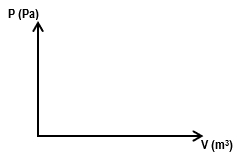Multiple Choice
How much work is done on the gas in the process shown in the figure? Let , , , and .

 Verified step by step guidance
Verified step by step guidance
 7:44m
7:44mMaster Calculating Works For Multiple Thermodynamic Processes with a bite sized video explanation from Patrick
Start learning
